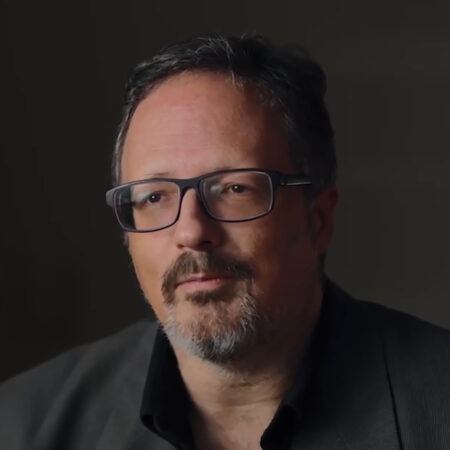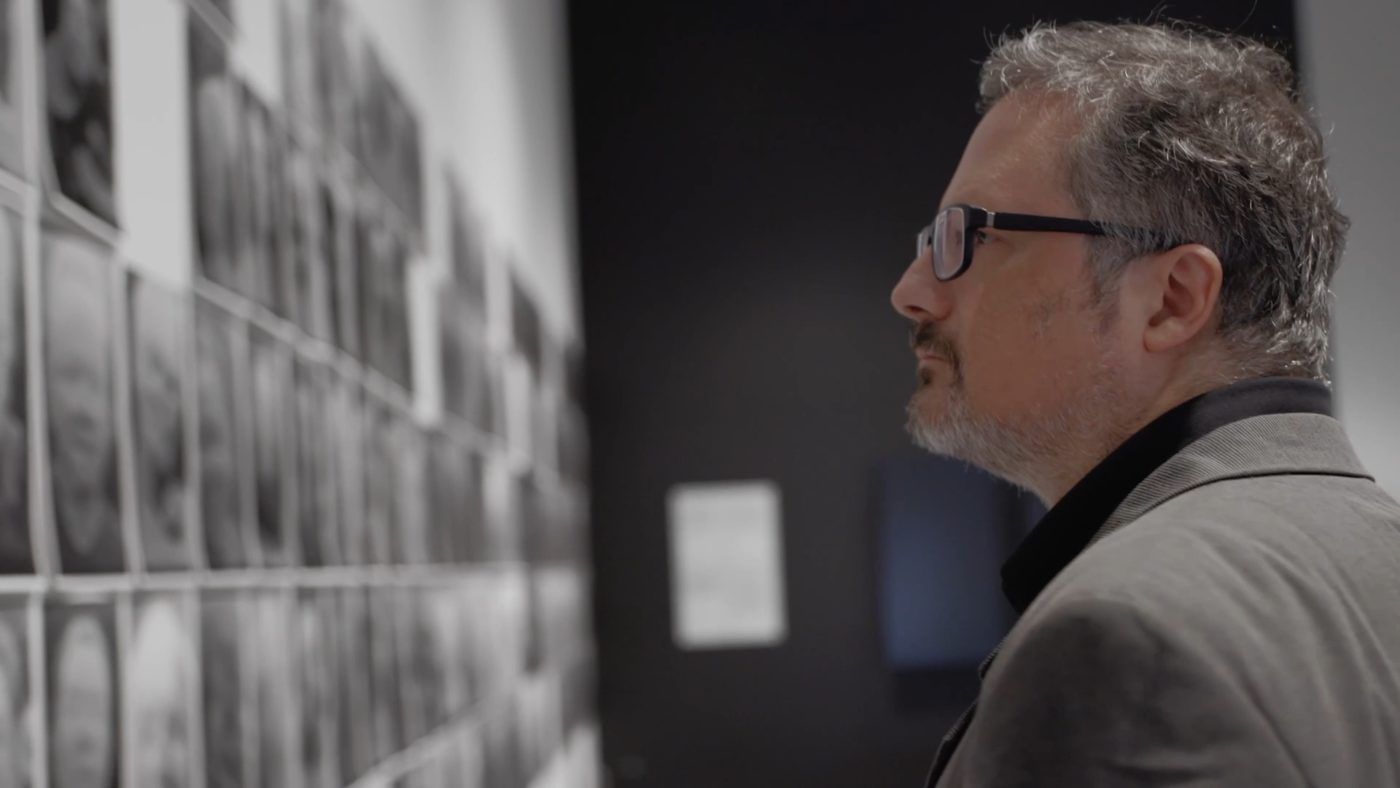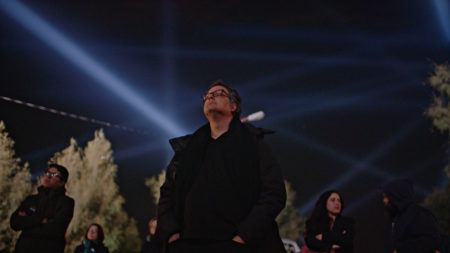Rafael Lozano-Hemmer

Rafael Lozano-Hemmer was born in Mexico City in 1967. An artist working at the intersection of architecture and performance art, Lozano-Hemmer creates participatory artworks that utilize technology like robotics, heart-rate sensors, and computerized surveillance tools in order to facilitate human connection. Technologically sophisticated yet deceptively simple in their execution, Lozano-Hemmer’s spectacular, immersive works are often installed in public places as a means of transforming these sites into forums for civic engagement.
From an education in chemistry, Lozano-Hemmer’s early career in a molecular-recognition lab influenced his conceptual and practical approach to creating art. As early as the 1990s, Lozano-Hemmer worked with custom software and surveillance technologies to create interactive artwork. His work often invites viewers to provide a biometric “snapshot” of themselves—whether their fingerprint, heartbeat, or portrait—that the artist then transforms into a dynamic, collective landscape and representation of both anonymity and community. In the work Pulse Room (2006), a heart-rate sensor records participants’ pulses and prompts hundreds of installed lightbulbs to flash in their rhythm; for Zoom Pavilion (2015), facial-recognition algorithms detect viewers and project their images on gallery walls while tracking spatial relationships between viewers and “zooming in” or magnifying the images. For his interventions in public spaces, Lozano-Hemmer transforms facades, plazas, parks, and skylines by adding audiovisual elements that viewers can control. The artist refers to this as “relational architecture,” a practice that re-contextualizes viewers’ understandings of public spaces and received narratives about them. Works such as Voz Alta (2008) and Border Tuner (2019) utilize massive robotic searchlights and radio or megaphone systems to give the public a platform to, in the artist’s words, “self-represent.”
Rafael Lozano-Hemmer received his bachelor of science degree in physical chemistry from Concordia University in Montréal, Canada. Major awards include the title of Compagnon des Arts et des Lettres du Québec (2016); Canada Council for the Arts Governor General’s Award in Visual and Media Arts (2015); two BAFTA (British Academy) Awards for Interactive Art (2002, 2005). He has had major solo exhibitions at Museo de Arte Contemporáneo de Monterrey, Mexico (2020); Hirshhorn Museum, Smithsonian Institution, Washington, DC (2019); Musée National des Beaux-Arts du Québec, Canada (2019); Amorepacific Museum of Art, Seoul, South Korea (2018); San Francisco Museum of Modern Art, California (2013); Museum of Contemporary Art, Sydney, Australia (2012); Guggenheim Museum, New York (2009); Barbican Centre, London, England (2009); among many others. He has been awarded public-art commissions at the Guggenheim Abu Dhabi, United Arab Emirates (2015); Vancouver Olympics, Canada (2010); Trafalgar Square, London, England (2008); Madison Square Park, New York (2008); Millennium Celebrations in Mexico City (1999), and many more. He was the first artist to represent Mexico at the Venice Biennale, Italy (2007), and his work has been shown in major group and biennial exhibitions worldwide. Lozano-Hemmer lives and works in Montréal, Canada.
Videos 3
-
Rafael Lozano-Hemmer



